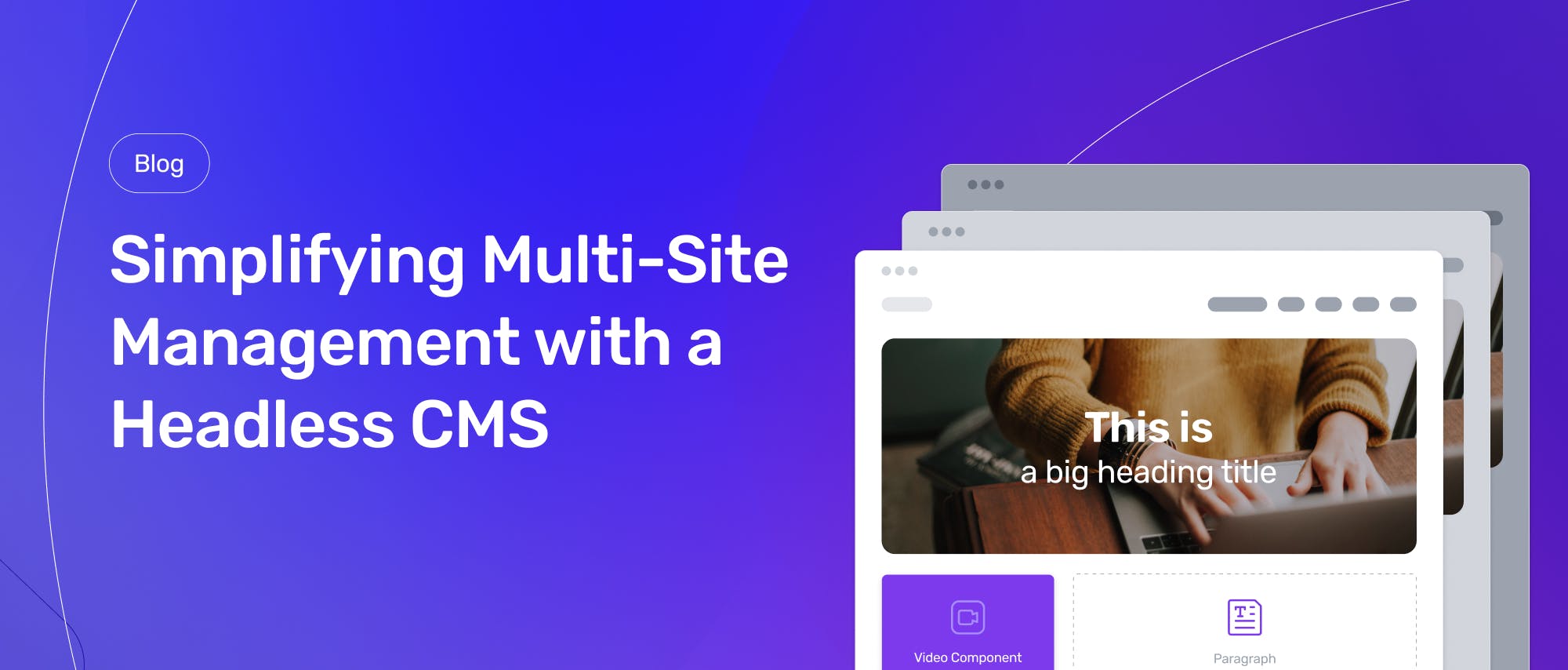So, what exactly is multi-site management? Well, it's the process of managing multiple websites or platforms under a single organization. This involves creating, updating, and publishing content across different sites while maintaining a consistent brand image, message, and user experience. Unfortunately, traditional CMS platforms often require separate installations or complex configurations for each site, making content management a real hassle.
But fear not! A headless CMS swoops in to save the day and make content management a breeze. Let's dive into the key benefits of using a headless CMS for multi-site management:
First off, a headless CMS offers a centralized content repository where content creators can easily manage and organize content across all sites from a single interface. This means no more jumping between multiple CMS instances, making content updates a walk in the park and ensuring that your branding and messaging remain consistent across all platforms.
Next up, content distribution becomes a piece of cake with a headless CMS. APIs allow for seamless content retrieval and presentation, which means you can update your content in one place and have it automatically reflected on all your associated sites. Say goodbye to the tedious process of updating each site separately and save yourself precious time and effort.
Now, let's talk about consistency in branding and messaging. We all know how important it is for businesses to maintain a unified brand image across all their platforms. By separating layout/templates and content, a headless CMS allows you to ensure consistency in branding elements such as logos, color schemes, and typography across all your platforms. It provides an effortless way to enforce brand guidelines and deliver a cohesive brand identity and user experience.
Collaboration and workflow also get a major boost with a headless CMS. By providing a centralized content repository, teams can work together more efficiently. Communication gaps and dependencies are reduced, and content creators can focus on creating engaging content while designers and developers seamlessly implement it across multiple sites.
Let's not forget about customization. Each site within a multi-site setup may have unique design requirements or specific functionality needs. Due to the strict separation of templates and content a headless CMS offers the flexibility to customize each site individually, allowing developers to build custom frontends tailored to the specific requirements of each site. This empowers businesses to deliver unique user experiences while still enjoying the benefits of centralized content management.




